Last month, we debuted the first post in our series of Homesteading Questions and Answers. As we get questions from you, we try to formulate the best possible answers to help you on your adventure.
This month is all about off-grid heating options.
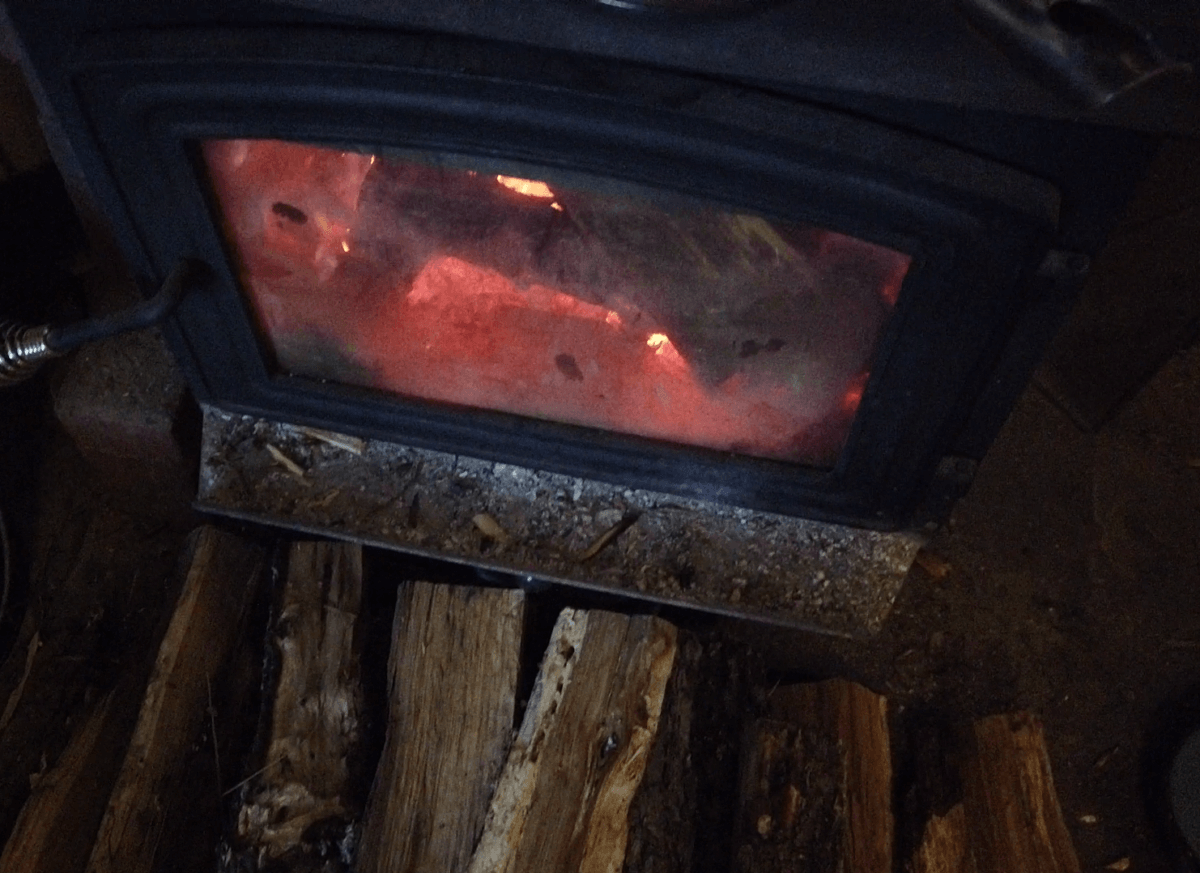
Sarah wants to know about “Heat alternatives that don’t require the grid, solar, or a woodstove.”
And Heather writes “I can’t go off-grid in my current home, but I’m wondering about heating a greenhouse through off-grid means. What option(s) might work best?”
Watch the Video
Since the vast majority of human history has employed off-grid heating to some degree, there is a huge, multi-cultural host of options for heating a home. And even in this modern age, we can draw from both our ancestors’ innovations and modern inventions for making a house livable in the cold, wintry months. With an adventurous outlook, you are sure to find a method or idea that suits your specific homestead.
For the record, none of the information I’m sharing today is presented as a complete answer. Heating the off-grid home is a lot more detailed and complicated. I hope, instead, to point you in some interesting directions and share compelling resources that you can research further.
That said, let’s get started with ideas on how to heat the off-grid home.
Fire-Based Heating Options
Now, I know Sarah wanted to discuss alternatives to woodstoves for keeping a home warm, and we certainly will after this point, but the simple fact is there are few better ways to warm an off-grid home. Fire has been the heat source for humans around the world since we first figured out how to harness it. Since then, we’ve contrived an amazing array of means and methods for teaming up with that warm, flickering flame, and keeping ourselves cozy when the snow is blowing outside.
Before I get into some specific fire-heating methods, I’d be remiss if I didn’t add a pertinent note. Heating your off-grid home with fire is not constrained to the act of loading fuel in the firebox and sitting back to enjoy the warmth. Even if the heating unit is off-grid in the home, it is still somewhat on-grid if you have to purchase all your own fuel from some outside source. As such, I’ll not be mentioning pellet stoves, coal-burning stoves, or their kin. Instead, we’ll be focusing on wood-fired elements as they’re something you can feasibly source from your own land.
Managing a woodlot, therefore, is crucial to the heating-the-home-with-wood equation. So too, is knowing how to safely fell, limb, and buck fallen trees, and split, dry, and store firewood; as well as knowing what woods are best to burn and how to clean your own chimneys to prevent creosote buildup.
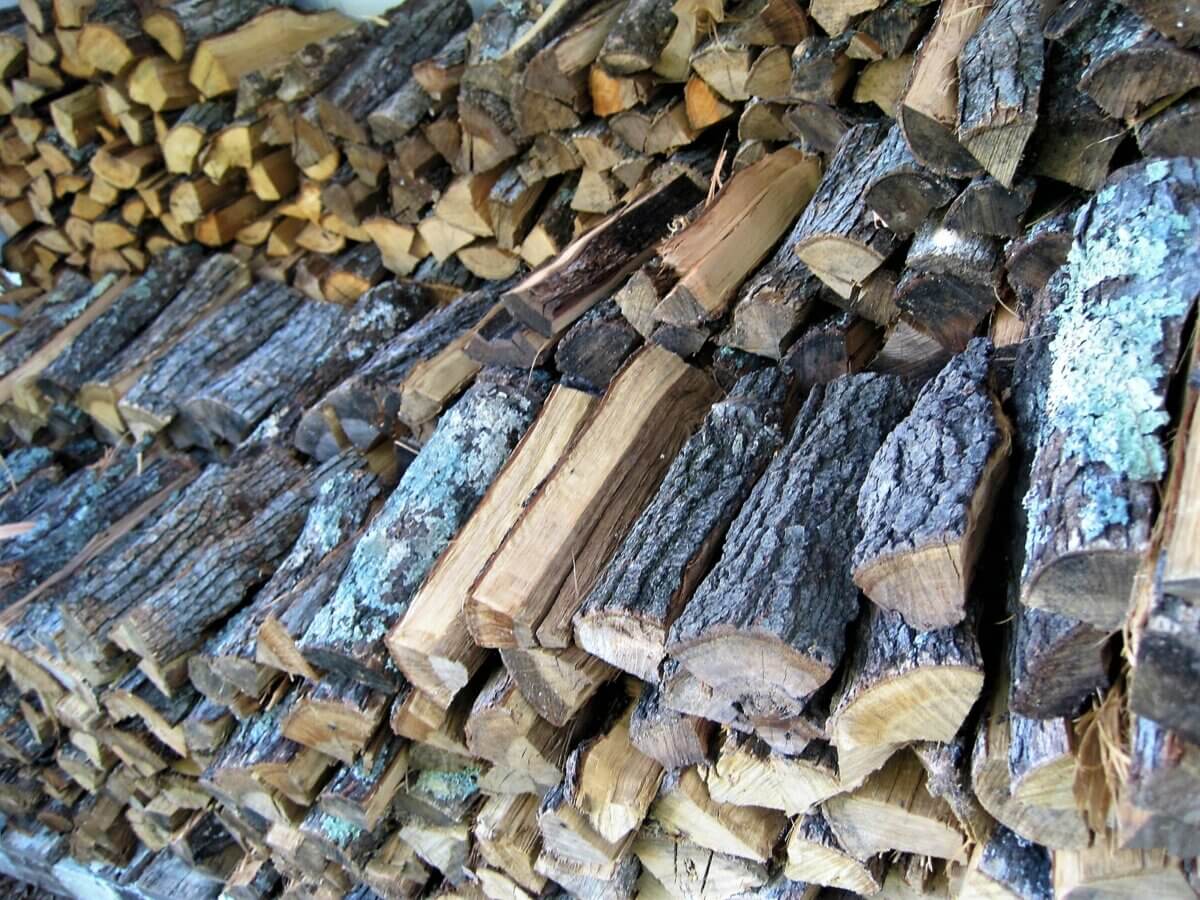
It’s a huge body of knowledge that’s built by experience. If you’re planning to use only off-grid heating, you’ll need to take the time to acquire the skills to do it. As you learn how to source your own fuel, I recommend reading through books like “Keeping Warm with an Axe” and “The Woodland Steward.” We also have articles here on Insteading about how to find free firewood.
Here are some different styles of wood-fired heat to consider.
Woodstove
A good woodstove is like a living, breathing heart in the off-grid home. Introduced in 1742 by none other than Benjamin Franklin, the “fireplace in a box” was a far more efficient improvement over the open hearths and fireplaces that had been a feature of homes for time immemorial. Quick to install, (relatively) easy to move, and available in sizes from tiny to gigantic, the woodstove offers most any home the option of taking their heating needs off-grid. The process of safely installing, using, and maintaining a woodstove for your home is, of course, a big endeavor, so be sure to check out these excellent resources as you switch your home to wood-fired heat.
Masonry Stove
Masonry stoves have been around for a really long time. Whether Roman hypocausts, Chinese k’ang, Afghani tawakhenah, Austrian kachelofen, or the various designs of Swedish, Finnish, and Russian origin, the concept is a good enough one that it got passed around, or simultaneously invented, worldwide. Unlike a woodstove, which releases heat directly into the room, masonry stoves instead warm up an immense amount of mass that is an inherent feature in the room (such as stone) that can hold the heat like a battery and release it slowly over time. This is good news for folks who want to keep their houses warm through the night, but don’t want to wake up every two hours to feed the woodstove. We’ve got an article that explains this concept further, and you should also check out “The Book of Masonry Stoves” by David Lyle.
Rocket Mass Heater
In a blend of old and new, the rocket mass heater (RMH) takes the ancient tradition of the masonry stove and gives it a North American twist from the back-to-the-land movement. Rather than relying on expensive elements that need to be bought elsewhere, the RMH can be constructed with materials that are recycled or sourced directly from your land. Like masonry stoves, you’ll burning 70 to 90% less fuel than you would in a normal woodstove. One of the best resources I know on the subject is “The Rocket Mass Heater Builder’s Guide” by Erica and Ernie Wisner.
Non-Fire Heating Options
Geothermal Heating and Cooling
If you have a pretty penny to pay for it, there is another option for regulating the temperature in the off-grid home. You can harness the stable temperature of the earth itself to moderate the climate inside. The temperature of the earth is stable year-round, and if that temperature can somehow be brought to a structure on the surface, it can cool a building in the summer and warm it in the winter. That’s the backbone of geothermal heating and cooling, and you can read more about it here.
As attractive as the system seems, I see quite a few downsides as off-grid heating. Though some systems depend on passive transfer of temperature or use wind power, others require a pump that needs to have an energy source to function. The systems can also be costly and can’t always be installed by the homeowner (though there’s a great article in Issue #184 of Backwoods Home Magazine about a DIY job). And while it certainly makes the temperature inside the off-grid home acceptable, it will likely need to be supplemented by another heat source to make it comfortable.
For three years, I taught in a building rigged with a geothermal heating and cooling system. During the summer, it was wonderfully pleasant, but during the winter, we still used a woodstove to help warm the building. In my opinion, an earth-sheltered home does the same job as geothermal heating and cooling, but in a way that is accessible to the home builder and doesn’t require expensive parts.
Earth-Sheltered Home
If you’ve ever slogged through “The Long Winter” by Laura Ingalls Wilder, there’s an interesting observation near the end of the book. While blizzards ravage the conventionally-built houses in the town of De Smet, there’s a sod house far from town that is positively balmy by comparison. When moderated by the consistent temperature of the earth and protected from the wind’s ability to wick away warmth, the earth-sheltered home allows you to maintain a consistent indoor temperature with far less input than those exposed to the elements on the surface. And that makes your fuel use a lot more efficient, too.
You’ll have excellent guidance if you read through Rob Roy’s “Earth Sheltered Houses” and Mike Oehler’s “The $50 & Up Underground House Book” which both go into the specifics of earth-sheltered house construction. There’s attention to detail that comes from lifetimes of experience in alternative home building.
Passive Solar Heating
Passive Solar Heating is part of the integral design of a home — as in, it’s not something you can buy and install like a woodstove or a solar panel. It requires a home (in the Northern Hemisphere, anyway) to have windows oriented to the south so that the most direct rays of the winter sun can enter. The sun’s energy then warms up a large mass — such as stone or tile — that absorbs the sun’s warmth throughout the short winter days and allows them to slowly release it during the night. It’s not enough to keep a home warm on its own, but it certainly cuts down on fuel use.
The Earthship design is a well-known example of building design featuring passive solar. If you can get your hands on Michael Reynolds’ three volumes of alternative, human-powered building, it’s well worth your time.
Another book to peruse is Edward Mazria’s “The Passive Solar Energy Book” which you can read for free here.
So, now that our off-grid homes are cozy, how about Heather’s greenhouse question?
Greenhouse-Specific Considerations
One of the best resources I’ve come across on using greenhouses in cold temperatures is Eliot Coleman’s “Four-Season Harvest” book. Many of the facts I list below are referenced from his excellent, easy-to-use advice. If you want to use a greenhouse as a long-term part of your life and self-sustenance, it is required reading.
I want to preface this section with an important assertion from Mr. Coleman:
If you live in zones 7 and southward, there’s absolutely no reason to heat a greenhouse. The sun should passively heat it to an adequate temperature to maintain the lives of winter vegetables.
Your wallets should sigh in relief.
For those living in zones 3 to 6, an artificially heated greenhouse is more necessary. How are you supposed to grow what you want during the subzero blizzards that howl around your homesteads in February? Thankfully, folks in years past have already figured out some genius methods to keep plants alive without linking their greenhouses to the grid. I hope, therefore, that these ideas and recommendations get you started on finding your own best practices for your own homestead.
Cold Frames and Floating Row Covers
This option isn’t technically heating a greenhouse, but it protects the plants in much the same way. I like how simple this remedy is — merely add a row cover or cold frame over the plants within the greenhouse. A double cover on your plants serves two purposes to extend their lives. First, the greenhouse itself wards off the desiccating destruction of winter winds (and keeps the row covers from blowing anywhere. No pinning, weighing down, or awkward harvesting). Second, the row covers or cold frames, keep moisture from settling on the plant surfaces, preventing frost and snow damage.
Compost Piles
Decomposing organic matter generates heat; sometimes a surprising amount. This natural feature of decomposition can be harnessed to your advantage.
Full disclosure: I’ve not yet experimented with this intriguing concept myself, so I’ll leave the idea with you to research and explore on your own.
Southern Orientation, Stone Walls
Passive solar heating isn’t just for houses. It works great for greenhouses as well. In a well-known example, Scott and Helen Nearing, neighbors of the Colemans, built their greenhouse directly against the south facing stone wall of their home. The stones absorbed the sun’s heat during the day, then released it slowly through the night, keeping the greenhouse a bit less frigid. “The Good Life” (their book) gives far more detail about the system for those interested. “The Passive Solar Energy” book I mentioned earlier also goes into greenhouse design.
Walipini: Buried Greenhouse
We’ve written an earlier article introducing this ancient, surprising method for keeping veggies warmer than the outer environment. A walipini is, essentially, an underground greenhouse. The Aymara Indians of Bolivia originated this technique, utilizing both the consistent temperature of the earth and taking advantage of the sun’s energy to extend their growing seasons.
Cold Tolerant Vegetables
Now, I gather that no matter how hard you try, you’ll never be able to grow cucumbers or tomatoes in the worst of winter in an unheated greenhouse. That’s reality. But instead of lamenting the loss of year-round cobb salads, celebrate the plants that are happy growing in the chill. Arugula, beets, carrots, Swiss chard, mache, mizuna, radishes, sorrel, tatsoi, turnips, broccoli, lettuce, and leeks are just a handful of the delicious plants that will happily thrive in a protected environment when the mercury dips.
Stay Warm!
I hope these ideas and resources set you on an interesting endeavor. It’s a wonderful freedom and comfort to know that your home can be kept warm without dependence on the grid. Ice storms and blizzards lose lots of their terror when you aren’t worried about them taking out your heating.
And, if you want to have YOUR homesteading questions answered next, keep a watch on our Insteading Community site or subscribe to our YouTube Channel. We’ll be asking to hear more from you all soon.








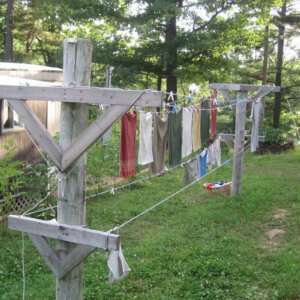

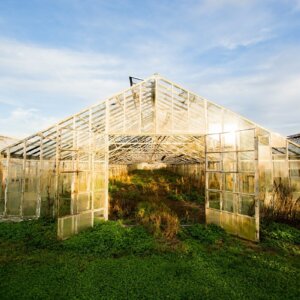


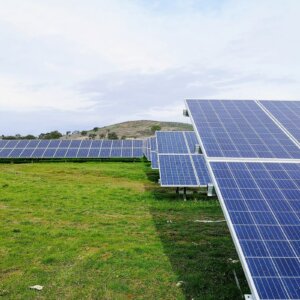

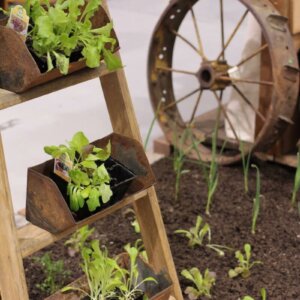

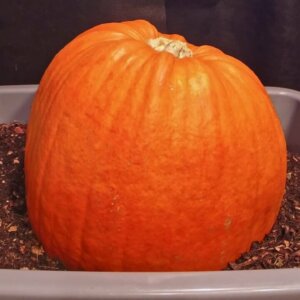



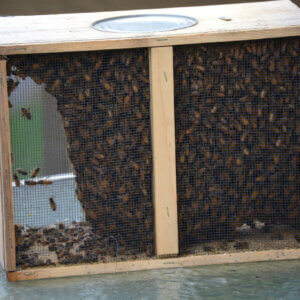


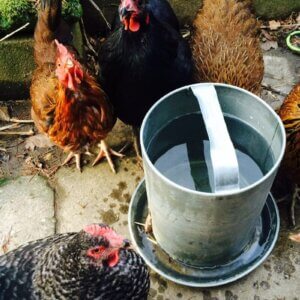




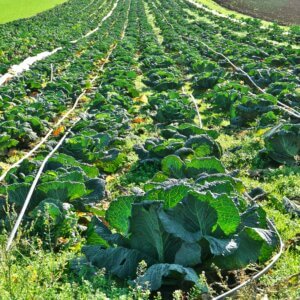





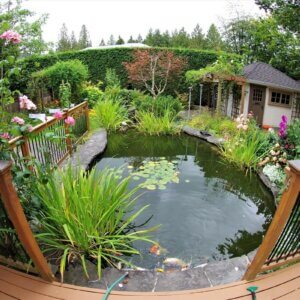


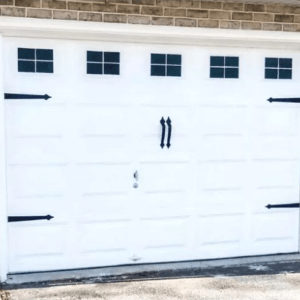
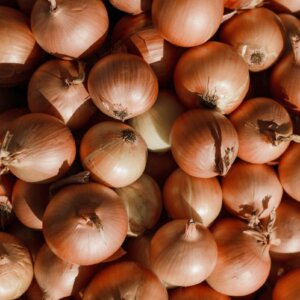

Leave a Reply